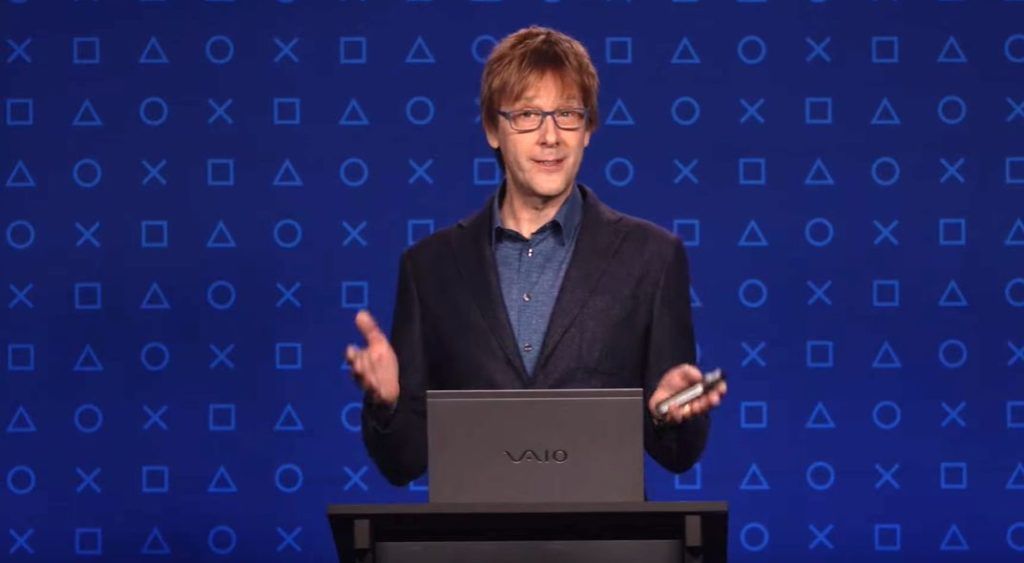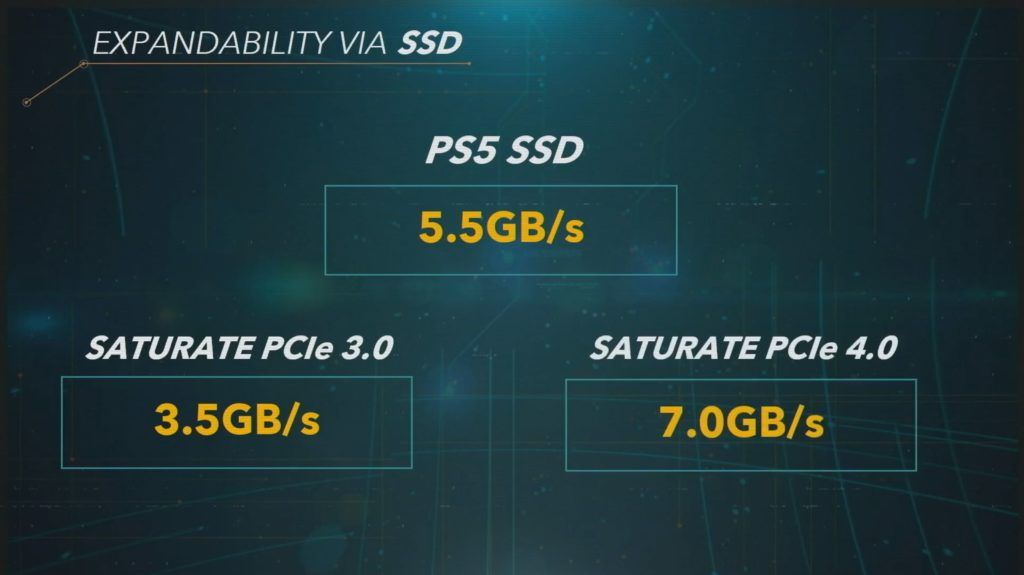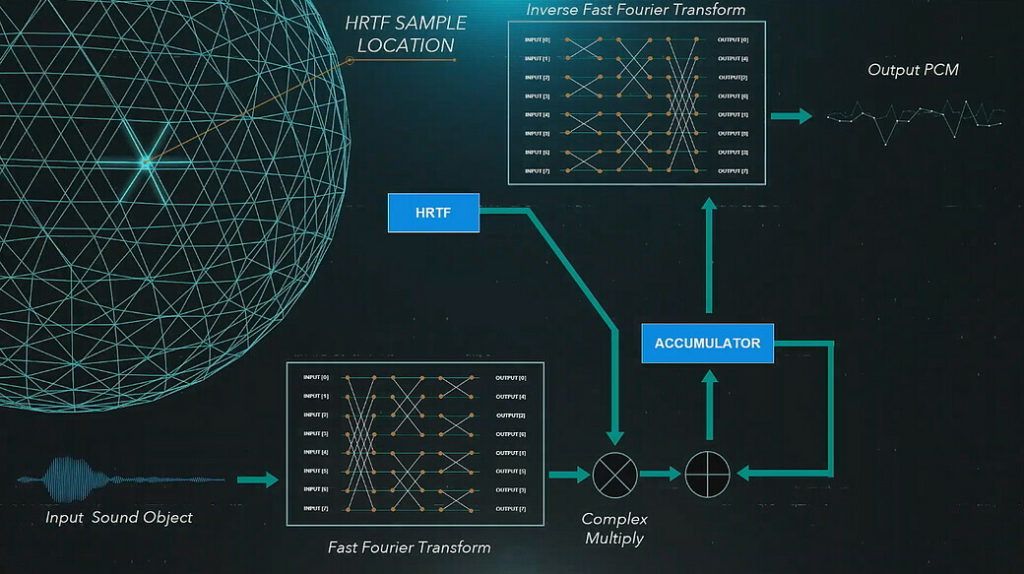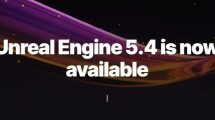It was a tough affair when Mark Cerny was on the 18th. On March 1, he spent an entire hour on the technical details of the next Sony console. Despite the fact that it was clear that the presentation would be aimed primarily at developers, it left a plenty of bland taste.
This was due to the competition from Redmond. Microsoft had just dropped the (technical) cases of its Xbox Series X just a few days earlier. As bulky as the name was, so potent was the new Xbox. With a GPU performance of 12 TeraFLOPS, the aim was to make it clear that the times of "TV! Tv! TV!" with which the Xbox One was announced in 2013. Gaming should be in the foreground. Media-effective in the form of "Digital Foundry", which were even allowed to assemble the Xbox Series X (the design of the same was already known for some time), should also be clear to the last one that one was here at the level of current high-end PCs. As a result, end customers already knew what to expect when they bought. The design, the specs, the release window, except for the price, everything was communicated clearly and intelligibly.
And so Mark Cerny had the thankless task of explaining why the pure TeraFLOPS number was not so decisive and it was no wonder when he preferred to tout the fast SSD. Similar to the Series X, it is a tailor-made and not off-the-shelf. However, the reading speed is significantly higher than that of Microsoft's counterpart. At 5.5 GB/s, you're more than twice as fast compared to the 2.4 GB/s. So, at least here, Sony is superior. However, loading times should be reduced to a minimum for both. Then again, why can't Sony match Microsoft's memory size? Because they use a whole terabyte of storage. Sony itself leaves it at 825GB. The memory is expandable, but since not every SSD will be compatible, you are limited to this size.
Compatibility is a good keyword. More specifically, the backwards compatibility- Again, Microsoft had made it clear beforehand that all Xbox generations, from the first Xbox to Xbox One, are supported. An announcement of the same kind, because those who like to play retro games only need to connect a console to the local bell. And Sony? They only confirm that you can play PS4 and PS4 Pro titles. So the most popular 100 of the PS4 catalog. Other titles must be checked individually.
Neither the PS3, PS2 or the original Playstation were mentioned by Cerny. And since when has the PS4 Pro been treated as a standalone platform? Wasn't it always stressed in 2016 when announcing faster PS4 that it was nothing more than a purchase option for players who want to use their 4K TV accordingly? It almost seems as if the PS4 Pro was put on the slide out of sheer embarrassment. To mention only PS5 and PS4 would have been even more meagre than Microsoft.
Thus, they did not stay there for long and turned to the theme of sound for a very long time. In addition to the SSD, this was one of the main focal points of the presentation. Sony uses its own 3D audio engine called Tempest instead of Dolby Atmos. This should be even better and more realistic, and suitable for home theater systems, soundbars and headphones. Whether Sony has actually found an adequate replacement for Dolby's sound solution will have to be tested.
Alone, you don't know if existing soundbars can play the Dolby Atmos, for example, also support Tempest. In the worst case, you have put a lot of money into an appropriate audio system, and cannot use the promised acoustic opulence of the PS5. The Xbox One already supports Dolby Atmos in games, although only a few titles have been used so far. Should the Series X do the same, owners of Atmos systems would have less of a concern and would not have to factor in these costs.
Yes, it was a tough presentation. The competitor has staged itself in a more media-effective way, addressing the clientele more directly. This is where Microsoft did its homework. Where Sony duped Microsoft at e3 2013 by giving up an Always On compulsion, were cheaper, and by the way brought the better console on paper to the store, their previous strategy seems ill-conceived. Because as interesting as a deep examination of the technical implementation of the PS5 may be for developers, in the end the buyers have to be convinced. And whether this has been achieved so far can be doubted.
Image Sources Uninformation: Sony, GDC 2020 Livestream
































Kommentieren